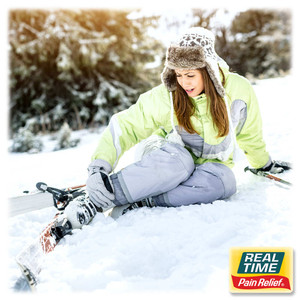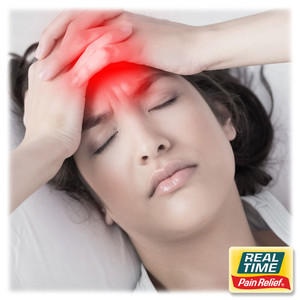4 Tricks to be More Active Despite Pain
12th Jan 2022
Here are 4 tricks to make it a little easier to be more active even when you’re in pain.
What Are the Benefits of Being Active When in Pain?
If you are suffering from any painful condition, whether it’s fibromyalgia, injury, arthritis, knee pain, or whatever the case may be, the last thing you might want to do is exercise. However, research has found that the lack of movement is counterintuitive to the healing process and that low-impact exercise actually reduces pain and sets your body’s innate healing mechanisms into motion. When it comes to being active, studies show that any kind of movement is good – as long as you move!
1) Go Slow
Starting slowly is one of the best things to do. You want to begin by moving your body mindfully, which might take some time. So, patience is key here. Jumping into high intensity training because you’re feeling frustrated and anxious about never getting back to the fitness level you once were is not the way to go. Take some deep breaths and go much slower than you normally would. With time, you’ll be able to up the ante.
2) Topical Pain Relief Lotion
When you want to be active, try applying a topical pain relief lotion before the activity. While oral medications are an option to combat the pain, they can produce unwanted side effects. That’s where topical pain relievers become your best friend! They are a proven, well-controlled pain relief option that allows you to apply the pain reliever in the exact areas that need relief without the concern of side effects or dehydration. If you are looking to buy something at your local drug store, it is recommended to look for something that contains menthol or trolamine salicylate, as they are proven by the FDA as pain relieving topical agents.
3) Do What You Love
Consider this time period as a moment to ease off a bit and move your body in a new way – or an old one – one that you used to love doing. Did you dance when you were younger or take long hikes in the woods when you were a kid? Perhaps you haven’t donned a snowshoe since that time you traveled to the mountains. Now’s the time to be active with a low-impact exercise that brings you joy. For ideas, here’s a list of different forms of exercise you can start doing even while in the throes of pain:
- Walking
- Swimming
- Water Aerobics
- Biking
- Yoga
- Strength Training with Light Barbells
- Isometric Exercise
- Pilates
- Gardening
- Qigong
- Tai Chi
- Elliptical Machine
- Bike rides
- Hiking
- Kayaking
- Snowshoeing
- Ballroom Dancing
- Golfing
4) Benefits of Exercise for Pain
One study shows that we experience pain differently if we exercise regularly. We even develop a higher tolerance for pain the more we work out. One reason for this is that exercise makes the body release feel good chemicals like endorphins, which actually work to fight pain. One study, which was published in Medicine and Science in Sports & Exercise, found that our response to pain depends upon our pain threshold, and our pain threshold is significantly higher the more we exercise (1).
Have fun and go slow. It’s about the journey – not the destination!
Pain Relief You Can Trust® Since 1998
For over 20 years, families across the U.S. have turned to Real Time’s lotions and creams for PAIN RELIEF YOU CAN TRUST®. From Lifestyle Essentials, through our Nujuvena line, to Pain Relief Formulas, Real Time has you covered. LEARN MORE
Sources:





